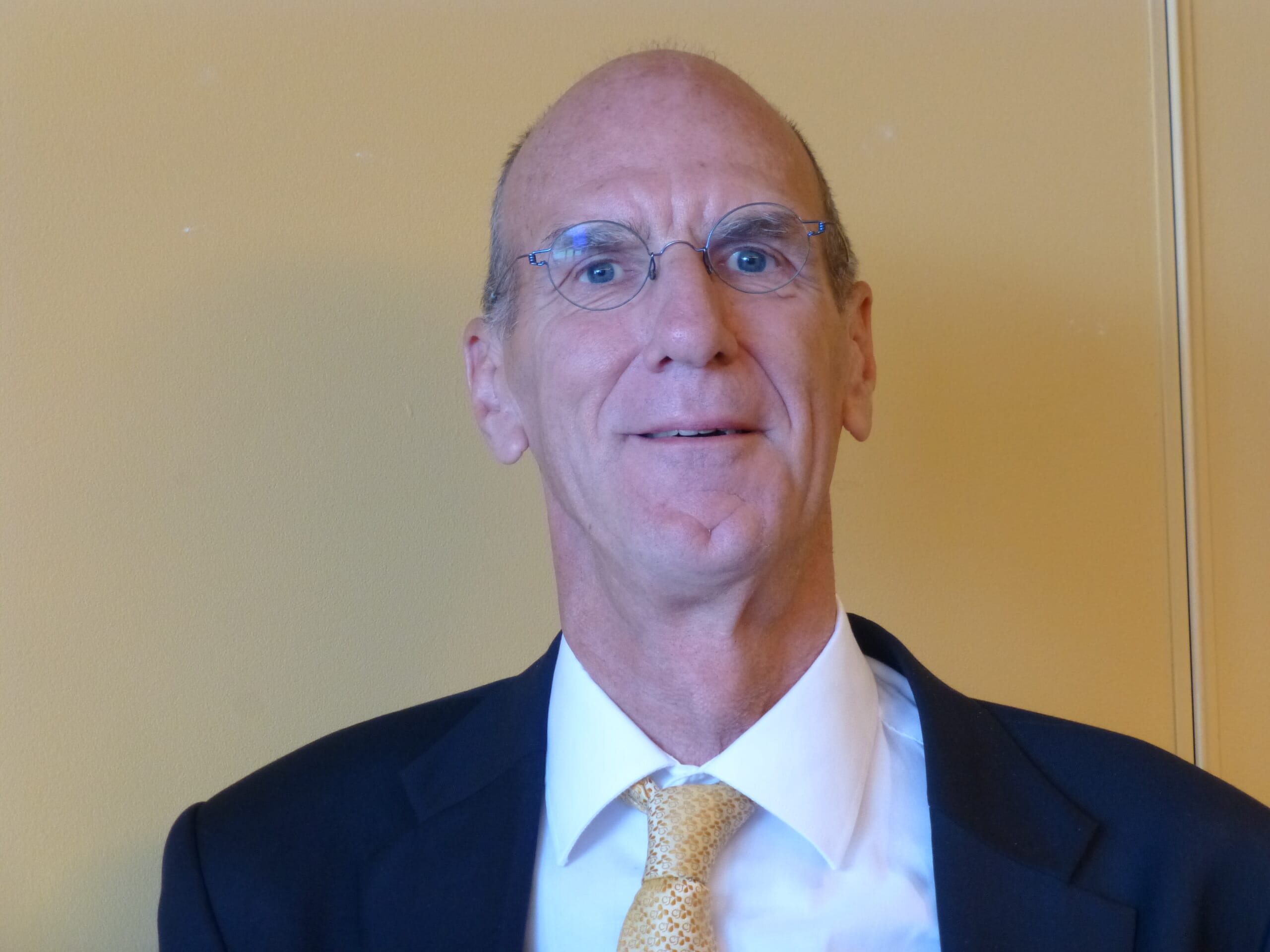At the Nutreco AgriVision 2015 conference, held recently in the Netherlands, almost half the delegates identified the productivity gap as the most pressing problem facing the global food supply industry in its goal to feed the growing human population sustainably. This was an informed opinion from the more than 400 delegates from 45 countries, top executives in some of the world’s largest food companies.
With its slogan ‘Feeding the Future’, Nutreco sums up ther challenge to double food production while halving the footprint. The company stands fully behind the ambition is to contribute to meeting the rising food needs of a growing world population in a sustainable manner.
“‘Feeding the future’ represents the mission for Nutreco,” explained Professor Dr Leo den Hartog. “In a nutshell, we are looking for innovative and sustainable nutritional solutions.”
Nutreco’s Director of R&D, Professor Dr den Hartog, continued: “The AgriVision conference reveals that there are great opportunities out there. More than 40 per cent of the attendees at the event indicated that the productivity gap is the area that needs most attention.”

Professor DR Leo den Hartog to be included.
“Up to 40 per cent of the genetic potential of the animals around the world is not used. We can halve this gap with new technologies and new science to be more efficient, reduce emissions and be better for farm profitability.”
He believes that subclinical health problems in farm animals are a leading reason for sub-optimal performance and the over-use of antibiotics.
On the aims of the company’s R&D programme, he said: “We’re looking for preventive products to support better animal health and narrow the gap between the best and worst performers.”
Innovation at the Core
While three values are at the company’s heart - capable, collaborative and caring, Professor den Hartog stressed: “Innovation is at the core of Nutreco”.
Spending €26 million on R&D, the company has 11 research centres – six for animal nutrition and five for aquaculture. It is currently building new facilities for beef and calves in Boxmeer in The Netherlands and a new building for pig research was opened there one and a half years ago.
In addition to the 250 people active in research within the company, there are collaborations with 60 top universities and research institutes around the world.
Animal nutrition research centres are located in the Netherlands, Spain and Canada. To test how concepts developed there work under other conditions, the company has recently started a collaboration for a validation centre in China, with another in Brazil.
Research Prioritises Key Areas
Nutreco’s product range covers the whole range of nutrition - young animal feeds, premixes, additives, concentrates and health-supporting products as well as compound feeds in some countries, explained Professor den Hartog. It also provides feed laboratory services including near infra-red (NIR).
Focus for research is centred on three areas: LifeStart, Health & Welfare and Feed Efficiency.
“We put a lot of effort on LifeStart, investing a lot of money and expertise in this area. For example, we are now able to measure individual feed intakes from group-housed piglets,” Professor den Hartog said.
The work focuses on developing feeds for today’s piglets, which show wide variation in birth- and weaning weights due to the high productivity of modern sows, which produce an average of 29 piglets per sow per year in the Netherlands while top farms raise as many as 33 piglets.
Also under the LifeStart programme, researchers have shown that early growth rate can have impacts even into adulthood. For example, they have found, 100g extra growth rate in heifer calves during the first eight weeks can increase milk production by 500kg over her lifetime.
“This means LifeStart sets Life Performance,” said Professor den Hartog.
“Young animal feed is very important because of these long-term effects on performance,” he said, supporting the company’s recent investments in new facilities for calves and piglets where the mode of action of new innovations is also investigated.
The Health & Welfare focus looks at gut health and microbiota, with the aim to reduce the use of antibiotics.
He said: “This is an extremely important area. With 10 times more microbiota than body cells, we are developing products that have a positive effect on the microbiota and as a result, on the health of the animal. This can help reduce the use of antibiotics.”
Also part of the Health & Welfare focus is Transition, which covers those particularly stressful periods of an animal’s life, such as weaning and around farrowing and calving.
The third group, focusing on Feed Efficiency, looks at additives and nutritional concepts that produce better feed efficiency – more growth per kilogram of feed, for example, Professor den Hartog explained.
He said: “The good thing is that these feed additives and concepts are part of Precision Feeding so not only do they improve productivity and efficiency but also lead to lower emissions of nitrogen and minerals and so reduce the environmental footprint.”
Last but not least, Nutreco has developed the NutriOpt concept, which brings together data tables, NIR results and animal and economic models to show its customers the likely effects of changes in feeding on the performance of their livestock and farm profitability.
Sharing Bridges the Knowledge Gap
Making public the results is a big part of the R&D programme. Last year, the company held conferences on calf and pig nutrition. Sharing their results with people from 26 countries is another way Nutreco means to bridge the knowledge gap.
Professor den Hartog added: “We can help by sharing knowledge. Even for top producers, there are always opportunities to improve further.”



